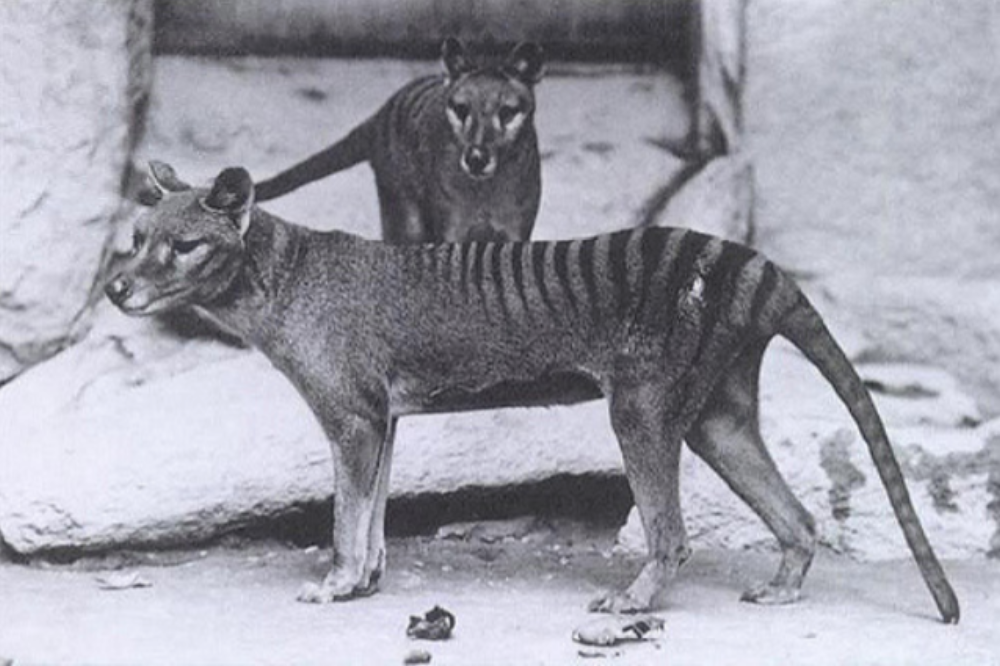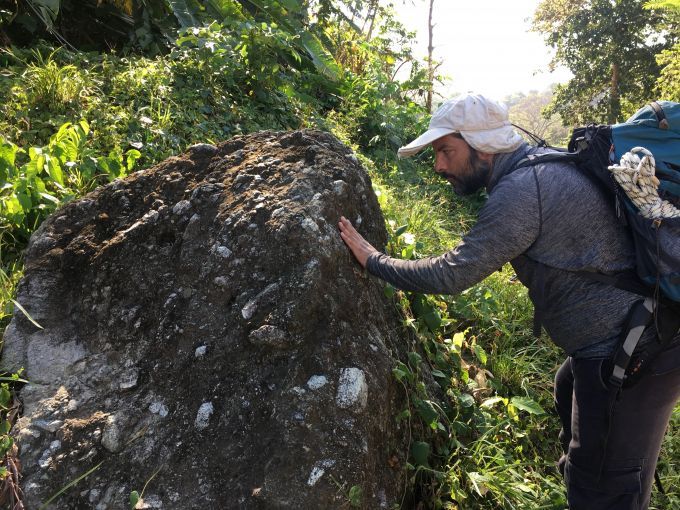New Evidence of Torture in Yemen's Prisons
Maggie Michael
An AP investigation last June exposed secret prisons and widespread torture inflicted by the United Arab Emirates in Yemen. Now the AP has identified at least five prisons where security forces use sexual torture to break inmates. Witnesses said Yemeni guards working under Emirati direction have raped detainees, electrocuted prisoners’ genitals or hung rocks from their testicles, and have sexually violated others with wooden and steel poles. Detainees from one of the prisons smuggled letters and drawings to the AP about the abuse. UAE officials did not respond to requests for comment; a Pentagon spokesperson said the U.S. has seen no evidence of abuse by its ally in Yemen.
What the Obsessive Search for an Extinct Animal Reveals About Ourselves
Brooke Jarvis
The Tasmanian tiger officially became extinct in the 1930s, yet strange sightings keep occurring. As Brooke Jarvis reports for The New Yorker, many Tasmanians truly believe the carnivorous marsupial somehow survives—just beyond the edge of human knowledge.
Colombian Scientists Rush to Explore Former No-Go Zones
Lizzie Wade
Since a 2016 peace deal between the Colombian government and FARC rebels, scientists have rushed into areas that were previously off-limits. But as Lizzie Wade reports for Science, the largely pristine areas have also opened up to developers.


